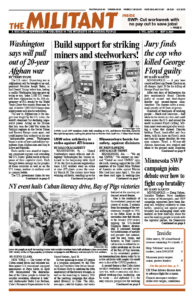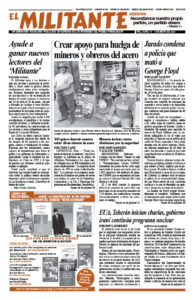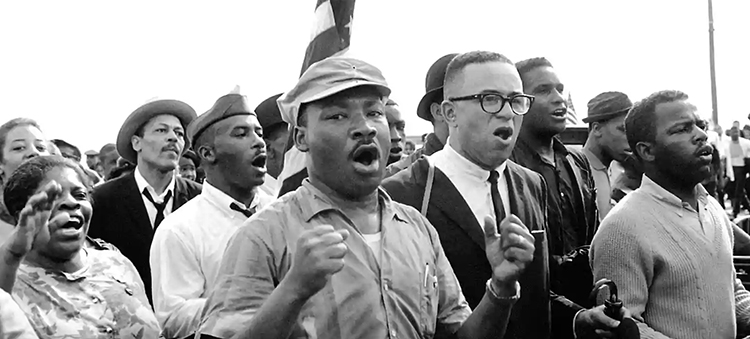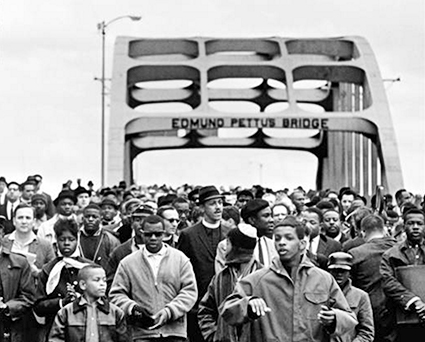 OAKLAND, Calif. — In the face of mounting opposition by parents, alumni and others, as well as a lawsuit, the San Francisco Board of Education voted 6-0 April 6 to reverse its decision to rename 44 schools. Claiming it was acting to fight racism, the board had targeted schools named for George Washington, Thomas Jefferson and Abraham Lincoln, among others.
OAKLAND, Calif. — In the face of mounting opposition by parents, alumni and others, as well as a lawsuit, the San Francisco Board of Education voted 6-0 April 6 to reverse its decision to rename 44 schools. Claiming it was acting to fight racism, the board had targeted schools named for George Washington, Thomas Jefferson and Abraham Lincoln, among others.
The school board says it stands by its efforts, and only reversed the decision to avoid the expense of “frivolous litigation.” But the reversal was a result of the public outcry, anger at the arrogant and light-minded manner in which the proposed changes were decided, and the criteria used by the board majority to determine who would be erased.
School board President Gabriela López declared in a February interview with the New Yorker magazine that their goal was to dismantle “white supremacy culture.” The board was determined to deal with any past conduct they disagreed with by wiping it out. They sought to impose their view that all history and politics must be viewed through the lens of race. To them class and class divisions — and the facts themselves — are irrelevant.
Any historical figure they deemed guilty of racist activity of any kind was to be removed. Washington and Jefferson because they were slaveholders. Lincoln because of his policies toward Native Americans. Paul Revere based on false information that he participated in an attack on a Native American tribe.
They had considered “disappearing” Malcolm X as a sexist, but decided that was going too far.
Much of the debate zeroed in on the proposed removal of names of participants, regardless of their contributions, in the two great revolutions in U.S. history — the American Revolution that wrested independence from British colonial rule and the Civil War that abolished slavery.
As the Militant pointed out when the board first approved the name changes, removing these names would erase the revolutionary history that working people and youth need to know. Absent was any recognition of how these revolutions laid the basis for workers’ and other social struggles today, including fights against racist oppression.
The American Revolution of 1776 was the first victorious anti-colonial revolution of the capitalist epoch. It established a republic instead of rule by a king. And it opened the door for the rise of social classes capable of leading a mass movement to abolish slavery.
“Uprooting the problematic names and symbols that currently clutter buildings, streets, throughout the city is a worthy endeavor,” Jeremiah Jeffries, chairman of the school board’s renaming committee, told the San Francisco Chronicle.
Debate in Selma
The destruction of the real history of this country is also being considered in Selma, Alabama, today. A petition to rename the Edmund Pettus Bridge in Selma — where marchers fighting for voting rights in 1965 were brutally beaten by cops and thugs on what became known as “Bloody Sunday” — has gained over half a million signatures. The petition proposes naming the bridge after John Lewis, a Student Nonviolent Coordinating Committee leader of that march who was severely beaten. He later became a leading Democratic Party politician and member of Congress.
Pettus was a Confederate general and a leader of the Ku Klux Klan, as well as U.S. senator under Jim Crow segregation. Using the criteria of the San Francisco School Board, the bridge’s name would surely be changed, or torn down.
But Lewis, who died last year, was opposed to the renaming. “The Edmund Pettus Bridge symbolizes both who we once were, and who we have become today,” he wrote in a 2015 editorial co-authored with Alabama Congresswoman Terri Sewell. “Instead of hiding our history behind a new name we must embrace it — the good and the bad. The historical context of the Edmund Pettus Bridge makes the events of 1965 even more profound.”
Renaming the bridge, Lewis and Sewell wrote, would diminish the enormity of the historic change brought about by that 1965 battle, one of the turning points in the overthrow of Jim Crow segregation that led to passage of the Voting Rights Act.
Lynda Lowery, who at 14 years old was also one of the protesters beaten on the bridge, says of the proposed renaming, “It’s part of history. Leave my bridge alone.”
Her sister, Jo Ann Bland, says there is something empowering about the name Edmund Pettus for Black people when they cross the bridge each year to commemorate the 1965 protests. “I bet he’s rolling in his grave every time we walk across that bridge,” she says.



